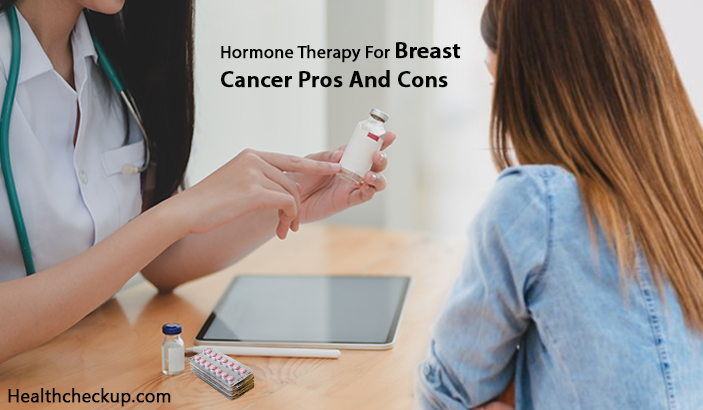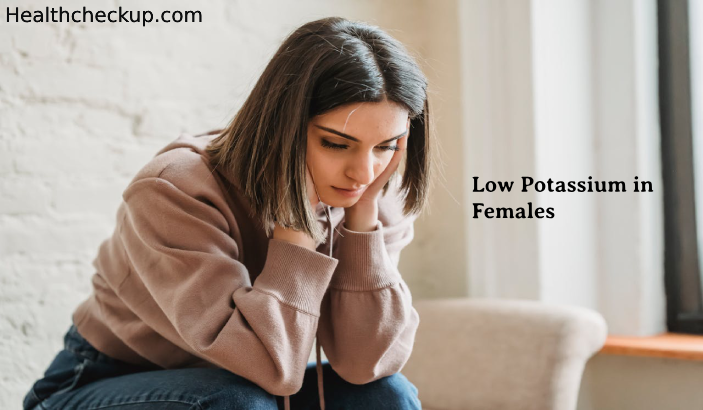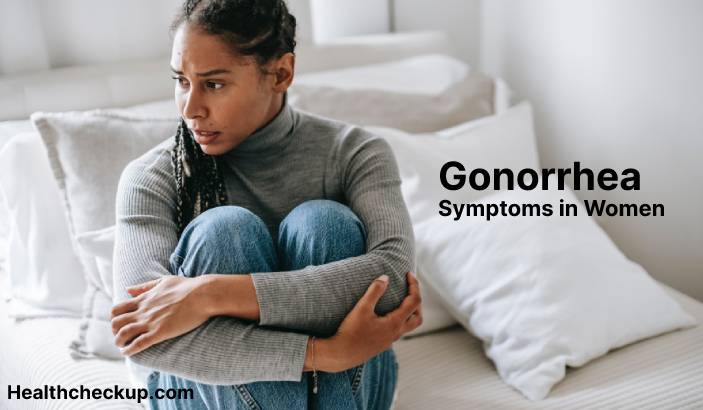Hormone therapy for breast cancer is a good option for breast cancers that are sensitive to hormones. Most common types of hormone therapy for breast cancer work by obstructing hormones from getting attached to receptors on cancer cells or by lowering the making of hormones in the body. Although a trustable treatment for breast cancers that have receptors for the naturally happening hormones estrogen or progesterone it is good to have an overview of hormone therapy for breast cancer pros and cons.
It is commonly used following surgery to lower the risks of cancer recurrence. This treatment can even be used to lessen a tumor before surgery. Once the breast cancer diagnosis traces it is due to hormones this treatment should be the best option.
How Does Hormone Therapy Work?
Often done with other treatments such as breast cancer cure by bone marrow transplant and known as adjuvant therapy, hormone therapy can also be used as an alone treatment for a metastatic ailment for people who cannot tolerate chemotherapy or surgery.
In few breast cancers, the female hormones progesterone and estrogen can encourage cancer cell growth especially in cancers that are hormone receptor-positive, and surprisingly nearly 2/3rds of breast cancers are hormone receptor-positive. This is where hormone therapy for breast cancers is good as it aims to stop estrogen from attaching to the receptors to lessen or stop cancer growth.
Who Can Go For Hormone Therapy?
This treatment is effective only for people with hormone receptor-positive tumors. If the breast cancer tumor is hormone receptor-negative then this procedure doesn’t work.
How To Choose The Best Kind Of Hormone Therapy?
There are many hormone therapy types to cure breast cancer such as;
Selective Estrogen Receptor Modulators
Even known as SERMs, these medications obstruct breast cancer cells from getting attached to estrogen. SERMs impede the effects of estrogen merely in breast tissue but not in other tissues within the body.
These drugs are traditionally only used in premenopausal women.
The commonly used SERMs consist;
Tamoxifen (Soltamox)
This medication stops estrogen from attaching to cells and thereby disables cancer from growing and dividing. People who have tamoxifen for a decade after breast cancer treatment are less supposed to see the cancer recurrence and more supposed to live longer in comparison to the ones who take the medicine for just 5 years.
Toremifene (Fareston)
This medication is approved only to cure breast cancer that has extended to other body parts and might not be useful in persons who have seen less success with tamoxifen.
Fulvestrant (Faslodex)
This is an injected estrogen receptor-blocking medication that is usually used to cure advanced breast cancers. Different from other SERMs, it obstructs the effect of estrogen all through the total body.
Aromatase Inhibitors (AIs)
AIs obstruct estrogen production from fat tissue, however, have no consequence on the estrogen made by the ovaries.
As AIs cannot block ovaries from making estrogen, they are only worthy in postmenopausal women. AIs are permitted for postmenopausal women with any phase of estrogen-receptor-positive breast cancer and as such AI is the best hormone therapy for breast cancer postmenopausal.
Common AIs consist;
- Letrozole (Femara)
- Anastrozole (Arimidex)
- Exemestane (Aromasin)
Ovarian Ablation or Suppression
In women who have not gone through menopause, ovarian ablation can be a choice. This is done surgically or medically. Either process obstructs estrogen making, which prevents cancer growth.
Surgical ablation is carried on by the removal of ovaries. Without the manufacturing of estrogen from the ovaries, one will move into permanent menopause.
Luteinizing Hormone-releasing Hormones
Drugs known as luteinizing hormone-releasing hormones (LHRH) can be used to completely obstruct the ovaries from manufacturing estrogen. These medications consist of leuprolide (Lupron) and goserelin (Zoladex) and will lead to temporary menopause.
Ovarian suppression medications will persuade menopause. Women who prefer this method will also usually take AI.
Hormone Therapy For Breast Cancer Pros And Cons
One main use of hormone therapy is, it lowers the risk of breast cancer reappearance in persons suffering from early-stage hormone-sensitive breast cancers. It can even effectively lower the risk of metastatic breast cancer growth and development in people with hormone-sensitive tumors.
Coming to the side effects of breast cancer hormone therapy, it depends on the medication type and as such varies.
SERMs
Tamoxifen and other SERMs can lead to;
- Hot flashes
- Mood swings
- Fatigue
- Vaginal discharge
- Vaginal dryness
These medications may even increase the risk of endometrial cancer and blood clots. In a few cases, tamoxifen can lead to stroke and can enhance the risks of a heart attack.
AIs
Side effects for AIs consist of;
- Muscle pain
- Joint pain
- Joint stiffness
On the whole keeping in view, the hormone therapy for breast cancer pros and cons Hormone therapy is a good treatment option and the need for refusing hormone therapy for breast cancer is very less.

Sudheendra is a passionate blogger for 8 years and holds a Degree in Journalism & Mass Communications. His writings particularly focus on health, medicine, diet & lifestyle. For him, everything that interlinks and relates to health & medical world entices him. His write-ups aim at educating people not by just giving facts but by infusing human touch.








